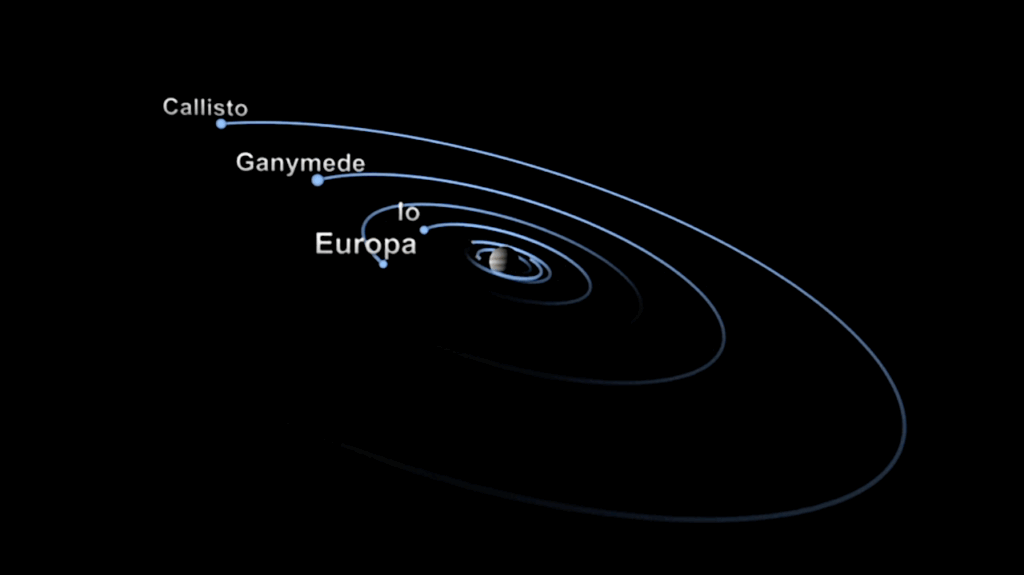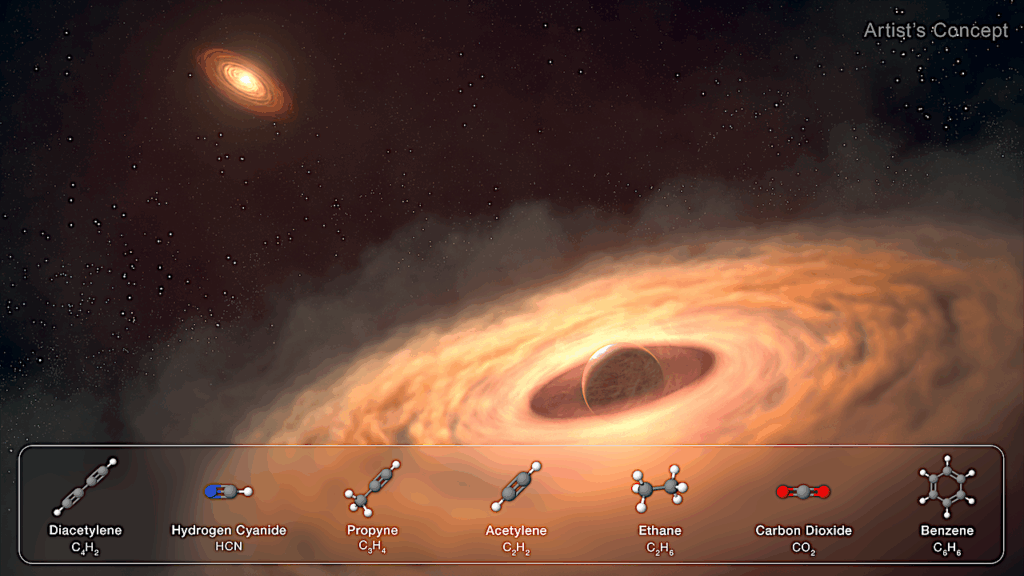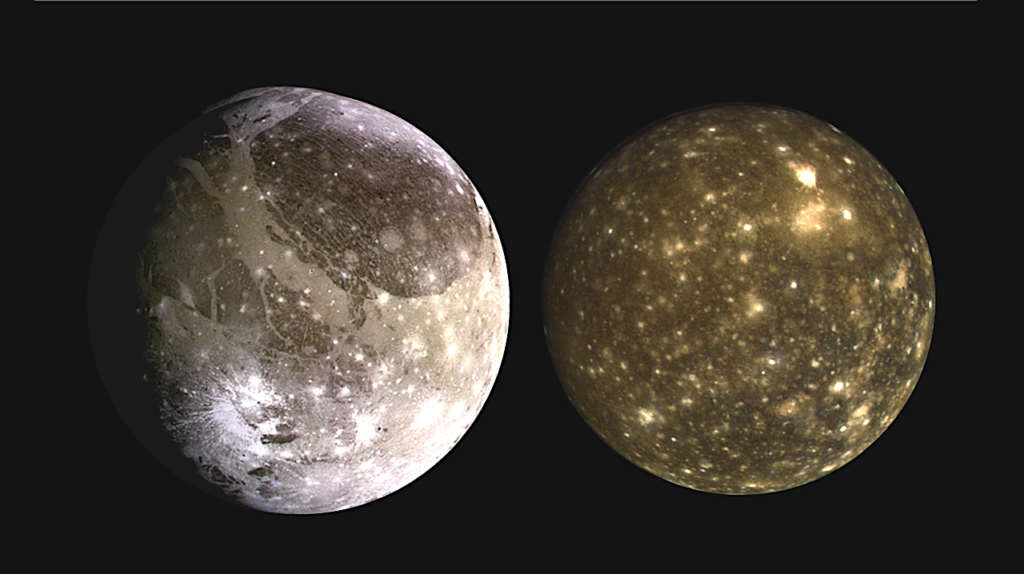Influence Of The Jovian Current Sheet Models On The Mapping Of The UV Auroral Footprints Of Io, Europa, And Ganymede

The in-situ characterization of moon-magnetosphere interactions at Jupiter and the mapping of moon auroral footpaths require accurate global models of the magnetospheric magnetic field.
In this study, we compare the ability of two widely-used current sheet models, Khurana-2005 (KK2005) and Connerney-2020 (CON2020) combined with the most recent measurements acquired at low, medium, and high latitudes. With the adjustments of the KK2005 model to JRM33, we show that in the outer and middle magnetosphere (R>15RJ), JRM33+KK2005 is found to be the best model to reproduce the magnetic field observations of Galileo and Juno as it accounts for local time effects. JRM33+CON2020 gives the most accurate representation of the inner magnetosphere.
This finding is drawn from comparisons with Juno in-situ magnetic field measurements and confirmed by contrasting the timing of the crossings of the Io, Europa, and Ganymede flux tubes identified in the Juno particles data with the two model estimates. JRM33+CON2020 also maps more accurately the UV auroral footpath of Io, Europa, and Ganymede observed by Juno than JRM33+KK2005. The JRM33+KK2005 model predicts a local time asymmetry in position of the moons’ footprints, which is however not detected in Juno’s UV measurements.
This could indicate that local time effects on the magnetic field are marginal at the orbital locations of Io, Europa, and Ganymede. Finally, the accuracy of the models and their predictions as a function of hemisphere, local time, and longitude is explored.
Jonas Rabia, Quentin Nénon, Nicolas André, Vincent Hue, Daniel Santos-Costa, Aneesah Kamran, Michel Blanc
Comments: 22 pages, 9 figures, 1 table. Accepted for publication in Journal of Geophysical Research: Space physics
Subjects: Earth and Planetary Astrophysics (astro-ph.EP); Space Physics (physics.space-ph)
Cite as: arXiv:2401.10115 [astro-ph.EP] (or arXiv:2401.10115v1 [astro-ph.EP] for this version)
Related DOI:
https://doi.org/10.1029/2023JA032041
Focus to learn more
Submission history
From: Jonas Rabia
[v1] Thu, 18 Jan 2024 16:41:01 UTC (10,973 KB)
https://arxiv.org/abs/2401.10115
Astrobiology








